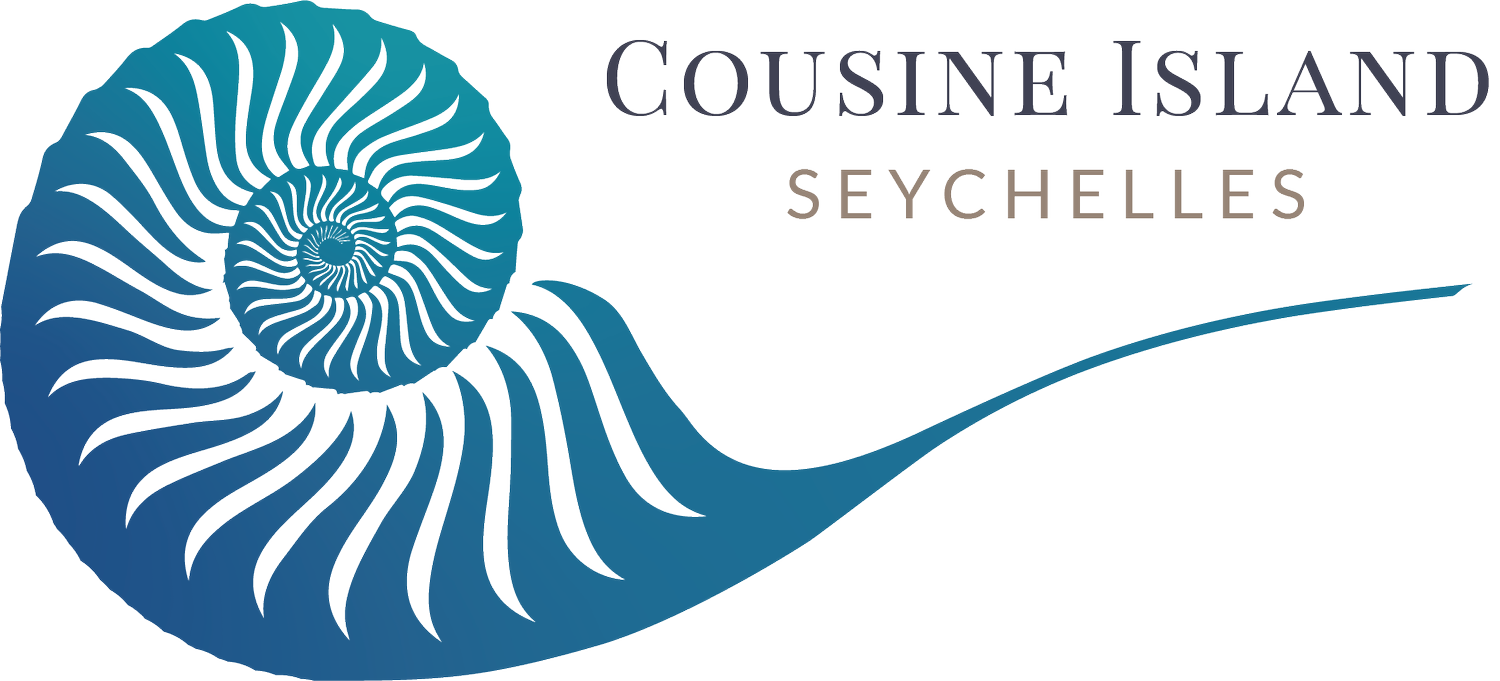Who owns Cousine Island?
Cousine Island might be a paradise today, but it holds a rich and storied history. The island has gone through many phases over time. As ownership of Cousine Island changed hands, the once devastated ecosystem was slowly brought back to life.
We love telling the story of Cousine Island’s resurgence as it was brought back from the brink of destruction. It all comes down to the ownership of the island, ensuring that she has the perfect conditions to thrive under any circumstances. Want to know more about who owns Cousine Island? Keep reading to find out.
The Early Ownership and Exploitation of Cousine Island
Cousine Island's ownership can be traced back to the 19th century, marked by the transaction between Louis Pouponneau and Pierre Hugon on December 25th, 1818. However, during this time there was severe exploitation of the island’s natural resources.
The island witnessed the indiscriminate felling of Casuarina trees, which were extensively used as firewood for neighbouring islands. The once-thriving fauna and flora faced severe depletion due to excessive hunting and harvesting. Large numbers of Sooty Tern eggs, a delicacy in the Seychelles, were harvested annually, leading to the abandonment of breeding colonies by these avian species.
Wedge-tailed Shearwater chicks were also sought after for consumption, which contributed to a drastic decline in their population size. Various crops such as coconut, banana trees, tobacco, and fatak grass were introduced, bringing alien species onto the island and unsettling her natural balance.
Around the shores, marine life, including turtles, fell prey to exploitation. Green turtles were hunted for their flesh and Hawksbill turtles for their shells.
It was a dark time in Cousine Island’s history, but she never gave up hope.
The Transformation Into an Island Paradise
In 1992, the current owners acquired the land. The island spoke to them of her dark history, and they developed a vision of restoration and preservation. Cousine Island’s journey to becoming paradise on Earth had begun.
The restoration project started with the removal of all farm animals and non-native Casuarina trees. This was only the first step in resetting her natural balance. Indigenous and endemic trees were planted around the island, with over 8000 trees added since 1992.
Through dedicated and focused conservation efforts, Cousine Island rose from the ashes like a Phoenix. Natural fauna exploded back into life. Population numbers of Wedge-tailed Shearwaters shot back up, with breeding pairs thriving again. The return of Sooty Terns, after a 30-year absence, marked a welcome sign that she was going in the right direction once again.
Since then, Cousine Island has emerged as a haven for endangered species, with successful reintroductions of other native wildlife. The Seychelles magpie-robin, once on the brink of extinction, found a haven on Cousine, with its population now flourishing across the island. Giant tortoises were also reintroduced, and they have now become an integral part of welcoming guests on Cousine Island.
Sustaining Cousine Island for Future Generations
Cousine Island's commitment to preserving its natural heritage begins with its ownership and stewardship. The island's current owners have implemented comprehensive conservation programs that prioritise habitat restoration, species reintroductions, and ongoing ecosystem monitoring.
Managing the biodiversity of the island is crucial in bringing her back from her dark history. While the extensive conservation efforts have been ongoing since 1992, there’s still a long way for Cousine Island to go. She’s already paradise on earth, but we need to keep taking care of her to ensure that she thrives into the island she was created to become.
To continue her growth, the owners use sustainable practices in the island's daily operations in addition to conservation efforts. Energy conservation such as solar power, waste management including recycling and composting, and water conservation measures are always a top priority. This ultimately adds to the recovery efforts made to reduce our environmental impact on Cousine Island.
Education and community engagement are also key components of Cousine's sustainability strategy. We actively engage with visitors through outreach programs and eco-tourism initiatives. And of course, when you visit the island, she speaks for herself.
Sharing our sustainability story about bringing Cousine Island back from the brink of destruction allows us to inspire all our guests to start taking action. It’s not just Cousine Island that must be stewarded and protected from harm, but our entire planet.
